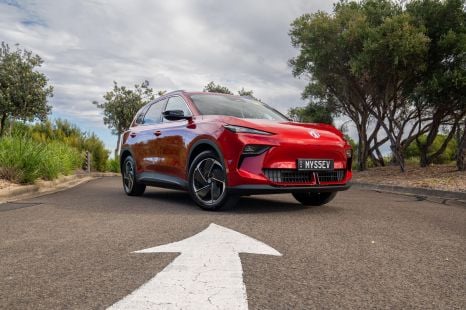

Andrew Maclean
4 Days Ago
GWM is eyeing plugging a very small gap in its lineup with the Haval H7 crossover, a more rugged and aggressively styled sibling to the H6.
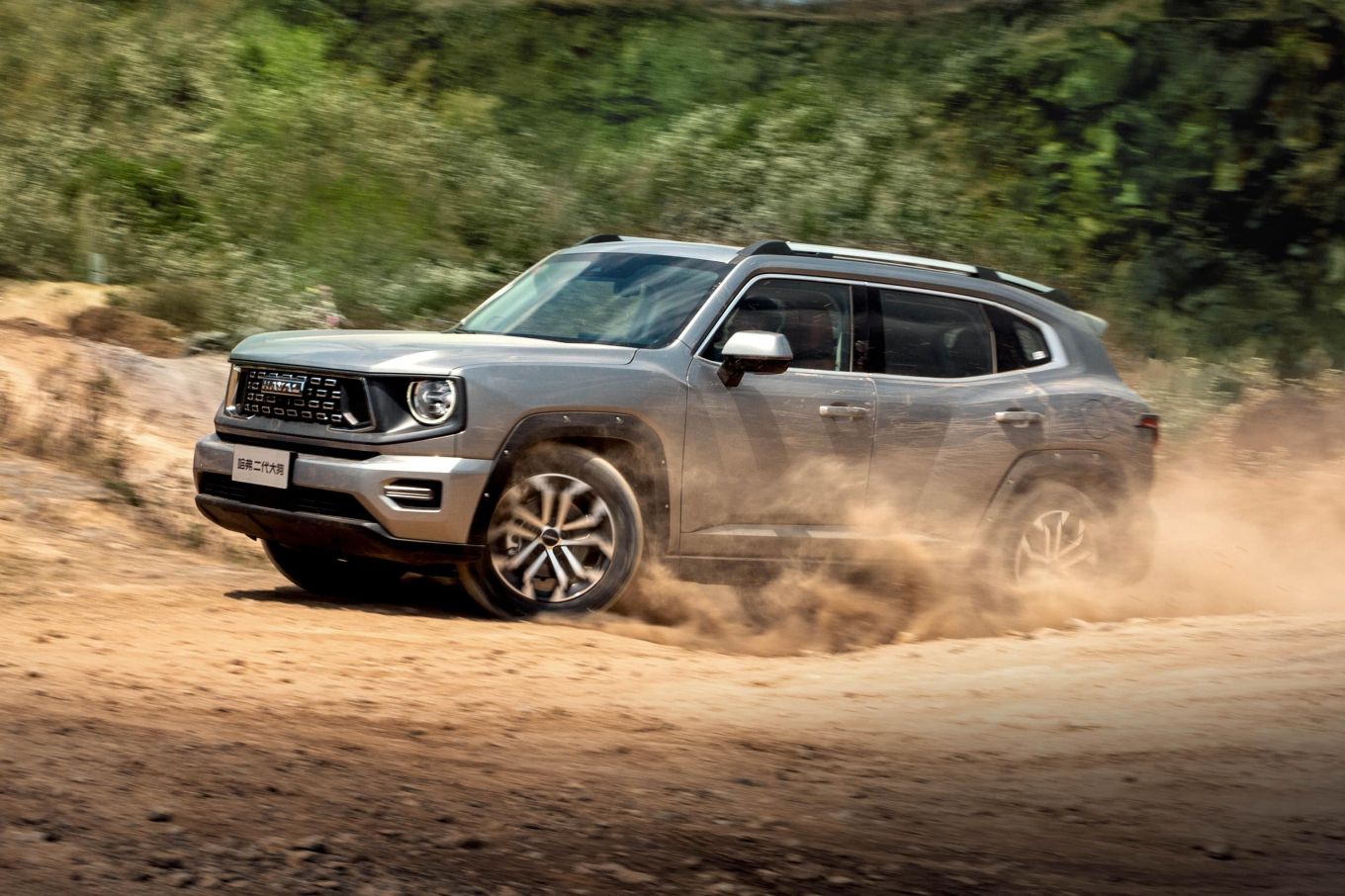
The GWM Haval H7 – known in China as the Second-Generation Big Dog – has already been approved for sale by the Australian Government, but its local launch isn’t a fait accompli.
GWM executives said the mid-sized SUV hasn’t been locked in for our market, though it’s being produced in right-hand drive.
“There is a possibility for the Big Dog, but timing isn’t finalised yet,” GWM Australia and New Zealand managing director Charles Zhao told CarExpert.
When asked whether it would be confusing to have three mid-sized crossovers in its lineup – the others being the Haval H6 and H6 GT – Mr Zhao said this was why the model hadn’t been locked in yet.
100s of new car deals are available through CarExpert right now. Get the experts on your side and score a great deal. Browse now.
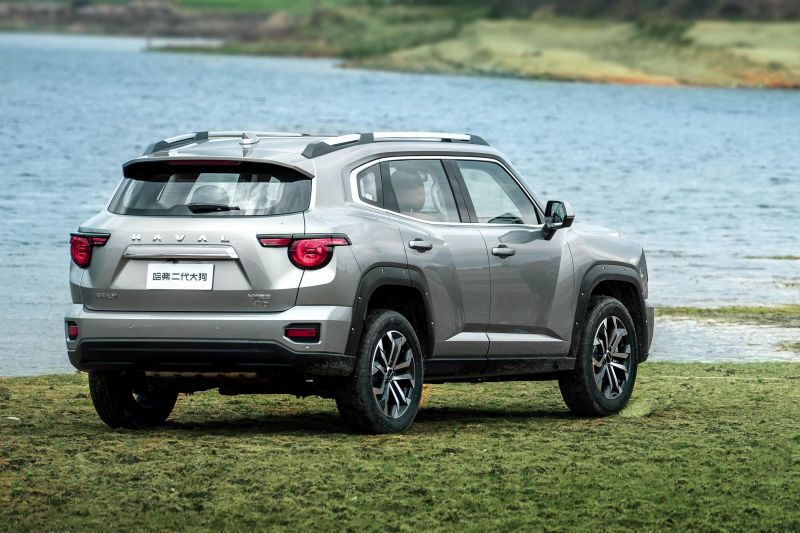
“That is why we haven’t decided. Because the Big Dog won’t be a volume model, but may provide some kind of a different option for customers who like to be differentiated from other people,” he said.
He noted the Haval H7 would provide additional volume in the mid-sized SUV segment, the largest SUV segment by sales in Australia.
The H7 shares its LEMON platform with the H6 and H6 GT, complete with MacPherson strut front and multi-link rear suspension, but features a locking rear differential and a “light off-road cruising mode”.
It also has a more rugged-looking interior, plus a more aggressive-looking body.
Measuring 4705mm long, 1908mm wide and 1780mm tall on a 2810mm wheelbase, the SUV is 52mm longer, 22mm wider and 56mm lower than a Haval H6 on a 72mm longer wheelbase.
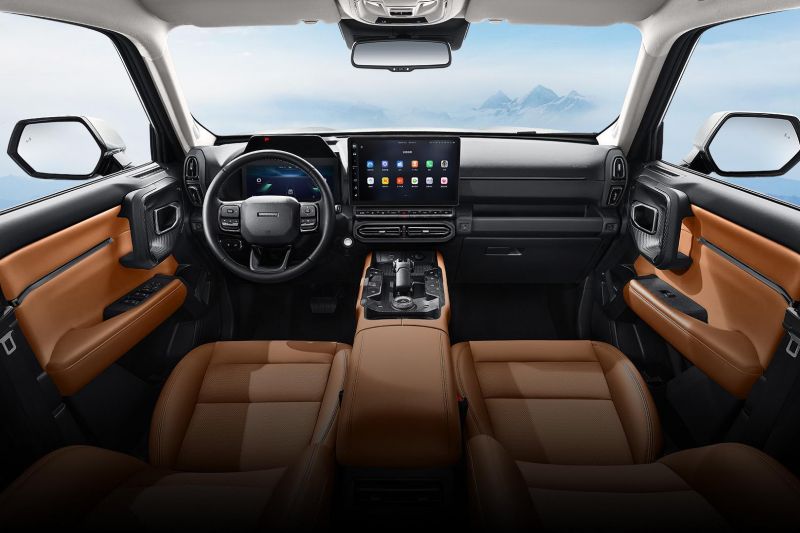
That also makes it just 55mm shorter and 22mm narrower than the more rugged Tank 300.
“People like to express themselves differently, they don’t want to necessarily be seen driving the same cars as lots of other people,” said Steve Maciver, GWM Australia’s head of marketing and communications.
“Now, the Big Dog offers that level of individuality. Yes, it’s essentially the same car as the H6 under the skin with a couple of little extra four-wheel drive pieces of functionality under there.
“It’s not designed to be a professional off-road car like the Tank, but it does sit somewhere in the middle so we think there could be an opportunity.
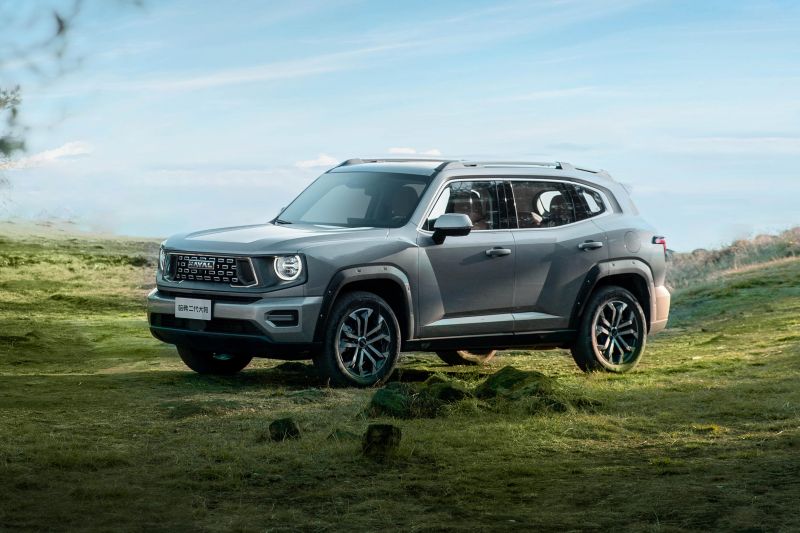
“If the GWM brand continues to go the way that it’s growing, acceptance of the brand, the consumer base, and the demand continues to grow, that does open up the opportunity for more models.
“Now we have to step that out gradually. There is quite a lot potentially coming, but for the long term I don’t think we rule anything out at this stage. We leave open the possibility, but it will depend on market acceptance, dealer feedback, feedback from [media].”
Under the H7 nameplate for Australia, the SUV has been approved to be sold as a 1.5-litre four-cylinder hybrid and a turbocharged 2.0-litre four-cylinder.
According to the documents, the hybrid’s petrol engine is capable of producing up to 110kW while the electric motor – integrated in its automatic transmission – can develop 130kW, bringing total system outputs up to 179kW.
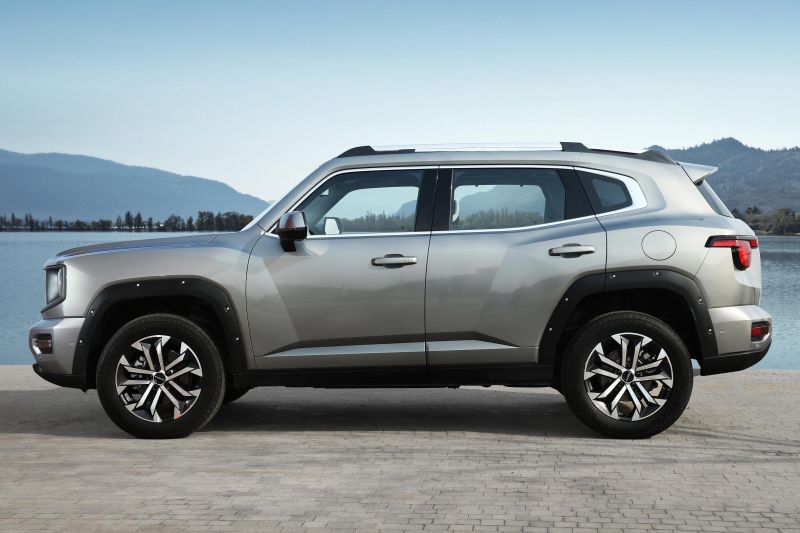
An identical drivetrain is found in the Haval H6 hybrid, which shares the same power output and has 530Nm of torque, with drive sent to the front wheels through a two-speed ‘Dedicated Hybrid Transmission’.
The documents don’t detail the outputs of the turbocharged 2.0-litre engine, but it has been confirmed to produce 170kW and 380Nm, up 20kW and 150Nm on the 2.0-litre in the Haval H6.
It also swaps out the seven-speed dual-clutch automatic for a nine-speed unit.
While Chinese examples are also available with GWM’s Hi4 plug-in hybrid system – which features a 1.5-litre Miller cycle four-cylinder engine, a two-speed Direct Hybrid Transmission, and a 19.09kWh lithium iron phosphate battery – this hasn’t been approved for sale in Australia.
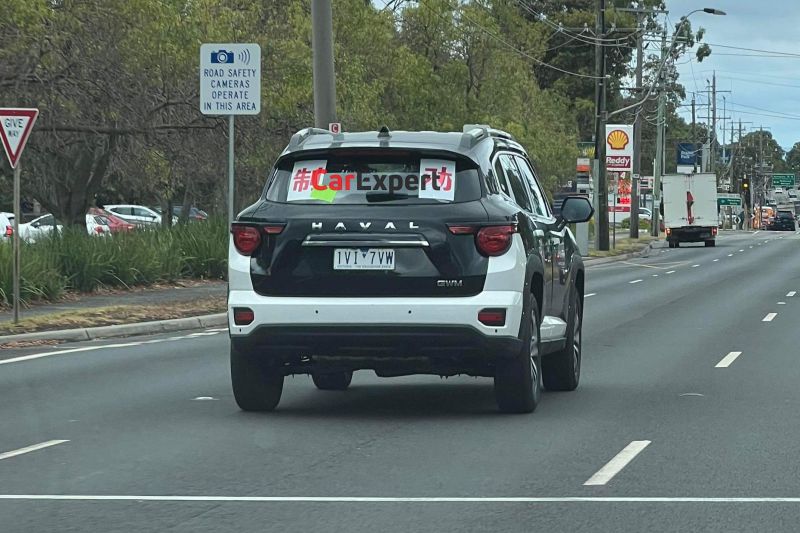
GWM does, however, plan to introduce plug-in hybrid versions of the H6 and H6 GT.
Standard features in China include a 12.3-inch digital instrument cluster and a 14.6-inch infotainment touchscreen, while a panoramic sunroof, head-up display and heated steering wheel are among the optional equipment.
The H7 was spied testing on Australian roads earlier this year, but GWM Australia at the time poured cold water on the SUV’s chances for a local launch.
“It’s quite common for the local team here to import models available in overseas markets for evaluation purposes and to consider whether they might be a good fit for the Australian and New Zealand markets,” said a company spokesperson at the time.
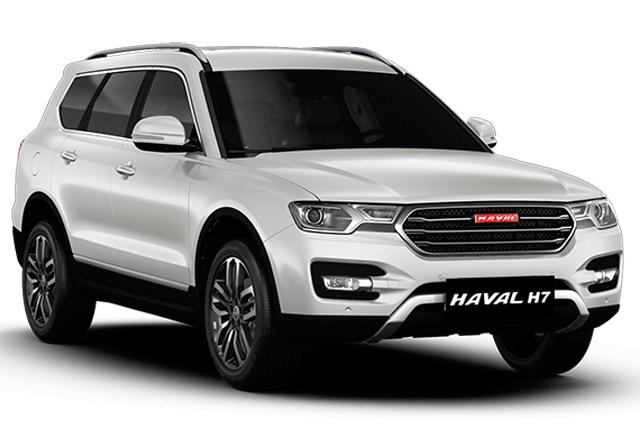
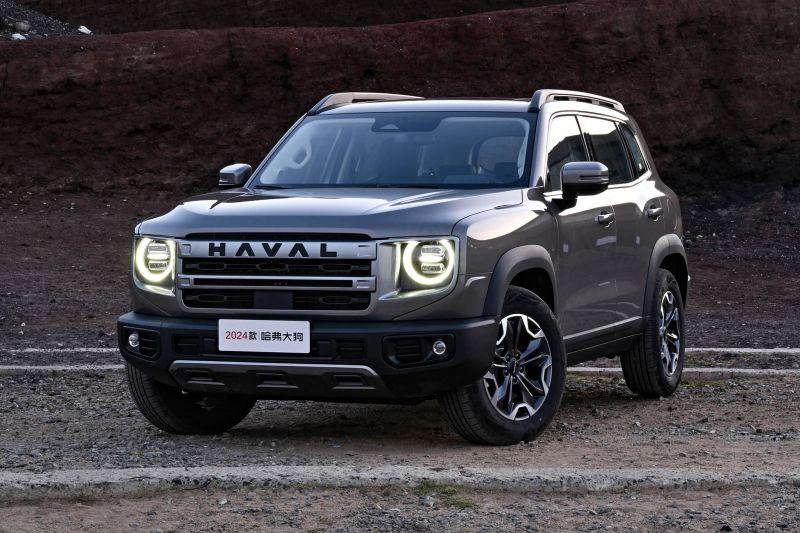
GWM has previously eyed introducing the Haval H7 nameplate here, which would have been used on a model to slot in above the previous-generation Haval H6 but below the since-axed Haval H9, while offering a third row of seating.
The company went as far as receiving government approval and inviting media to view the old H7, though the SUV never ended up reaching showrooms.
The original Big Dog was also brought here for evaluation in 2021, with local media also given the chance to see it, but it never ended up being launched despite local trademark filings.
The first-generation Big Dog – for which the Dargo nameplate was being eyed locally – remains on sale in China.
MORE: Everything GWM
William Stopford is an automotive journalist based in Brisbane, Australia. William is a Business/Journalism graduate from the Queensland University of Technology who loves to travel, briefly lived in the US, and has a particular interest in the American car industry.


Andrew Maclean
4 Days Ago
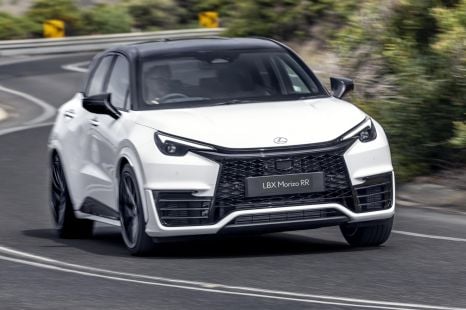

Josh Nevett
8
4 Days Ago
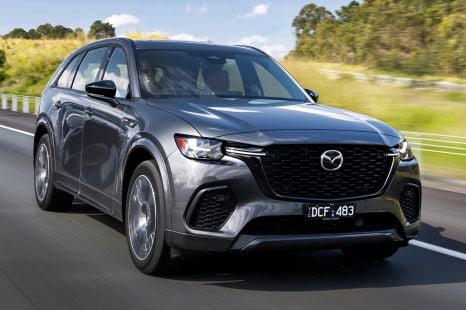

Jack Quick
7.9
3 Days Ago


Damion Smy
3 Days Ago


Neil Briscoe
2 Days Ago
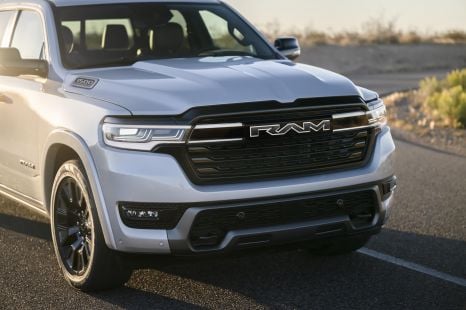

Derek Fung
2 Days Ago